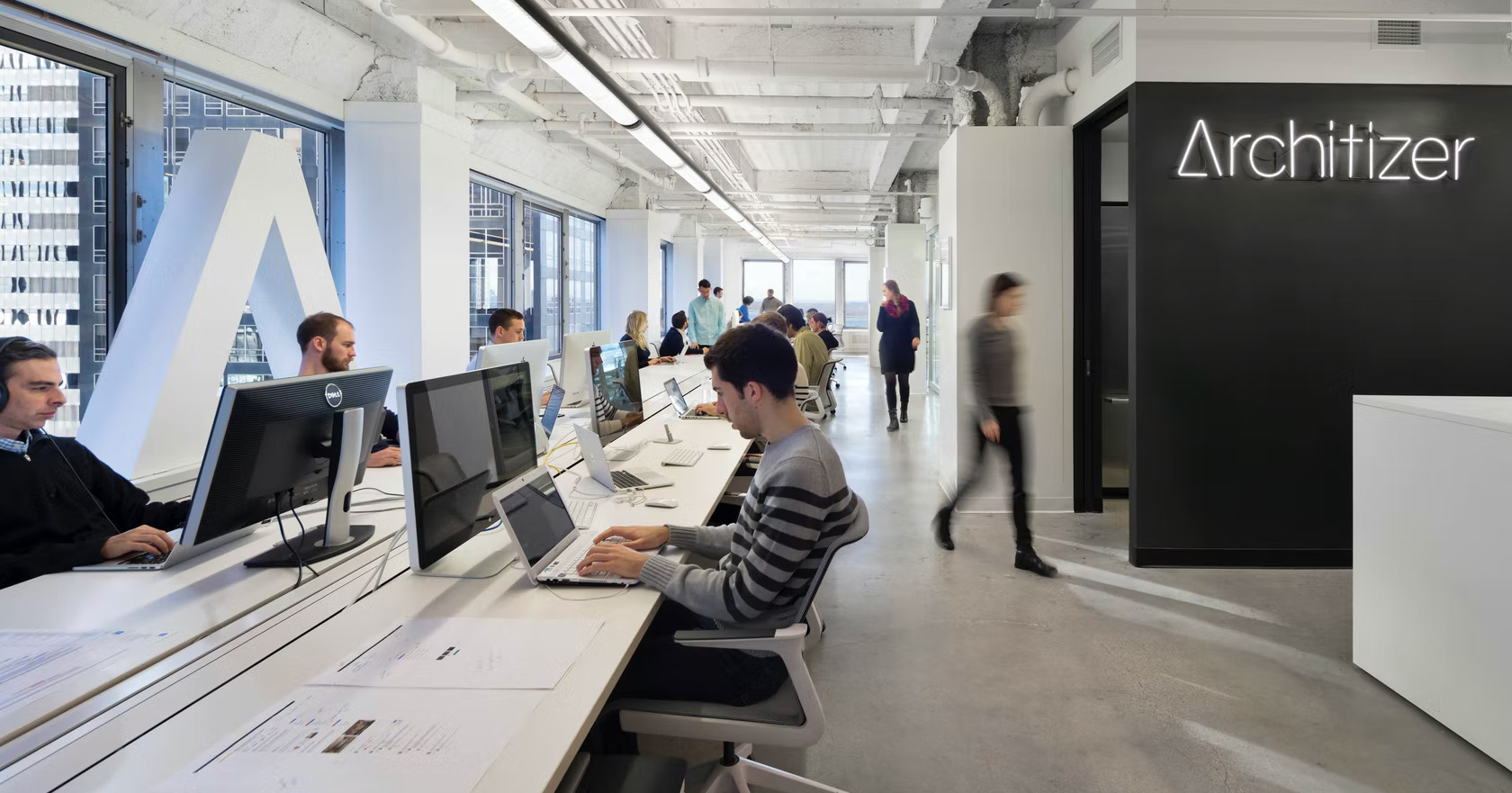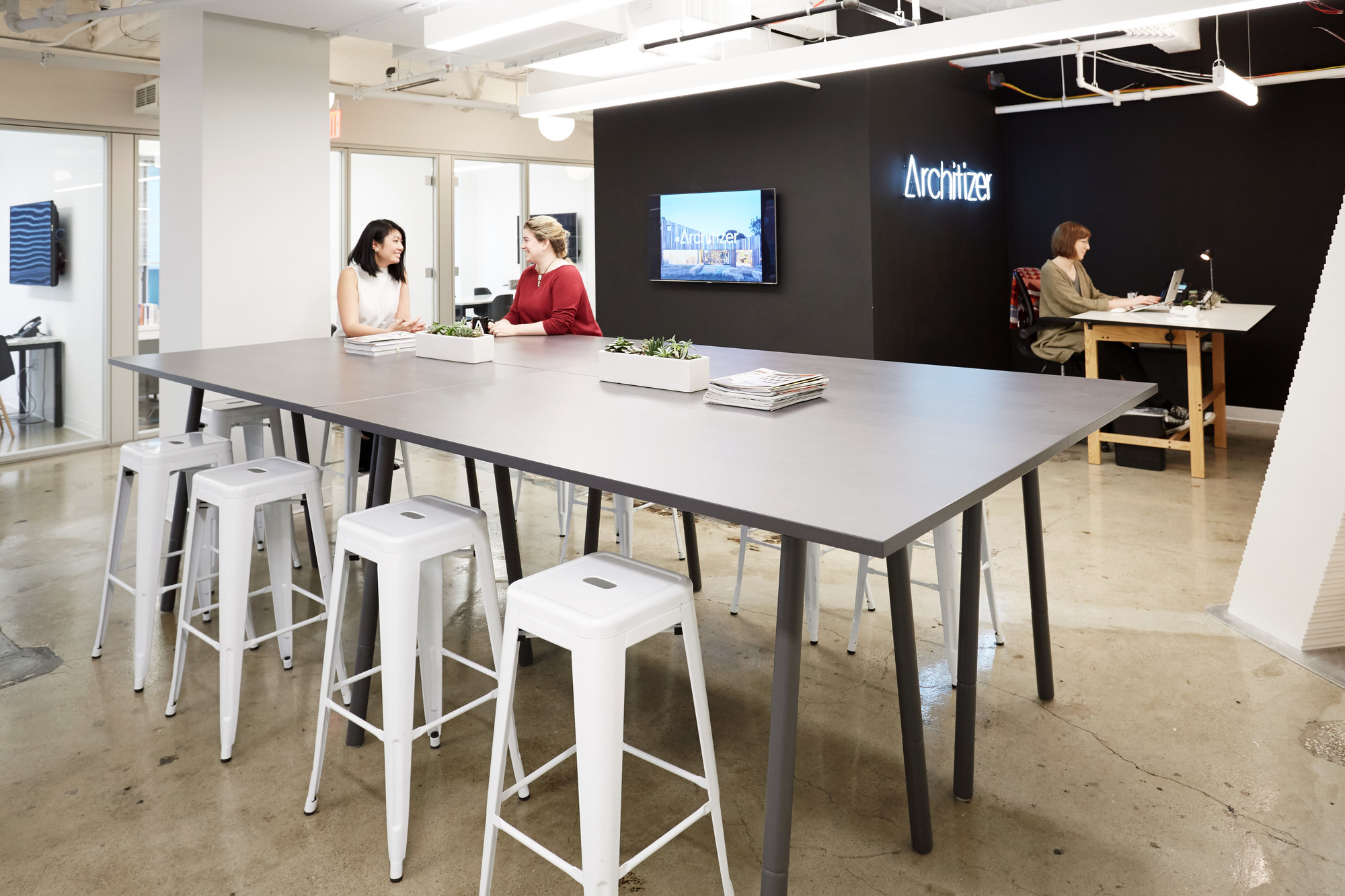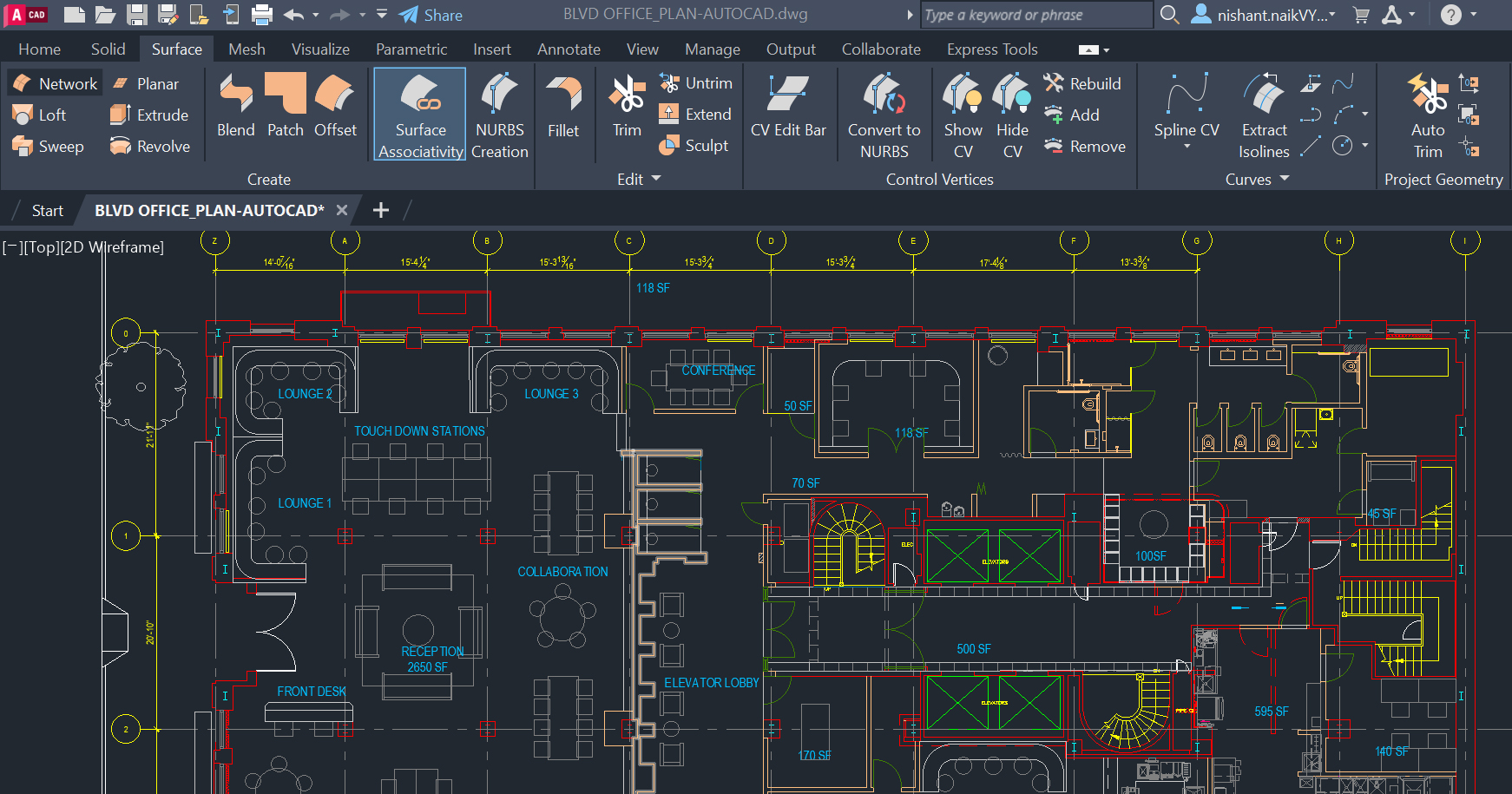In June 2022, Architizer was acquired by Material Bank, the world’s largest marketplace for architectural, design, and construction materials. Material Bank’s acquisition of the platform represented an exciting new step for Architizer. Currently led by , Architizer was founded in 2009 by Alex Diehl, Matthias Hollwich, Marc Kushner and Ben Prosky with a mission to help architects build better buildings, better cities, and a better world.
As it embarks on this new path forward, Architizer will remain grounded in the central values that it was founded upon. For this reason, we are using this momentous occasion to look back on the founding of the company. In this four-part series, we ask each of Architizer’s founders to reflect on foundational philosophies and to share stories about the early days of the platform.
In this interview, we sat down with Matthias Hollwich, Founder and Principal of HWKN Architecture and Cofounder of FLX LWP.
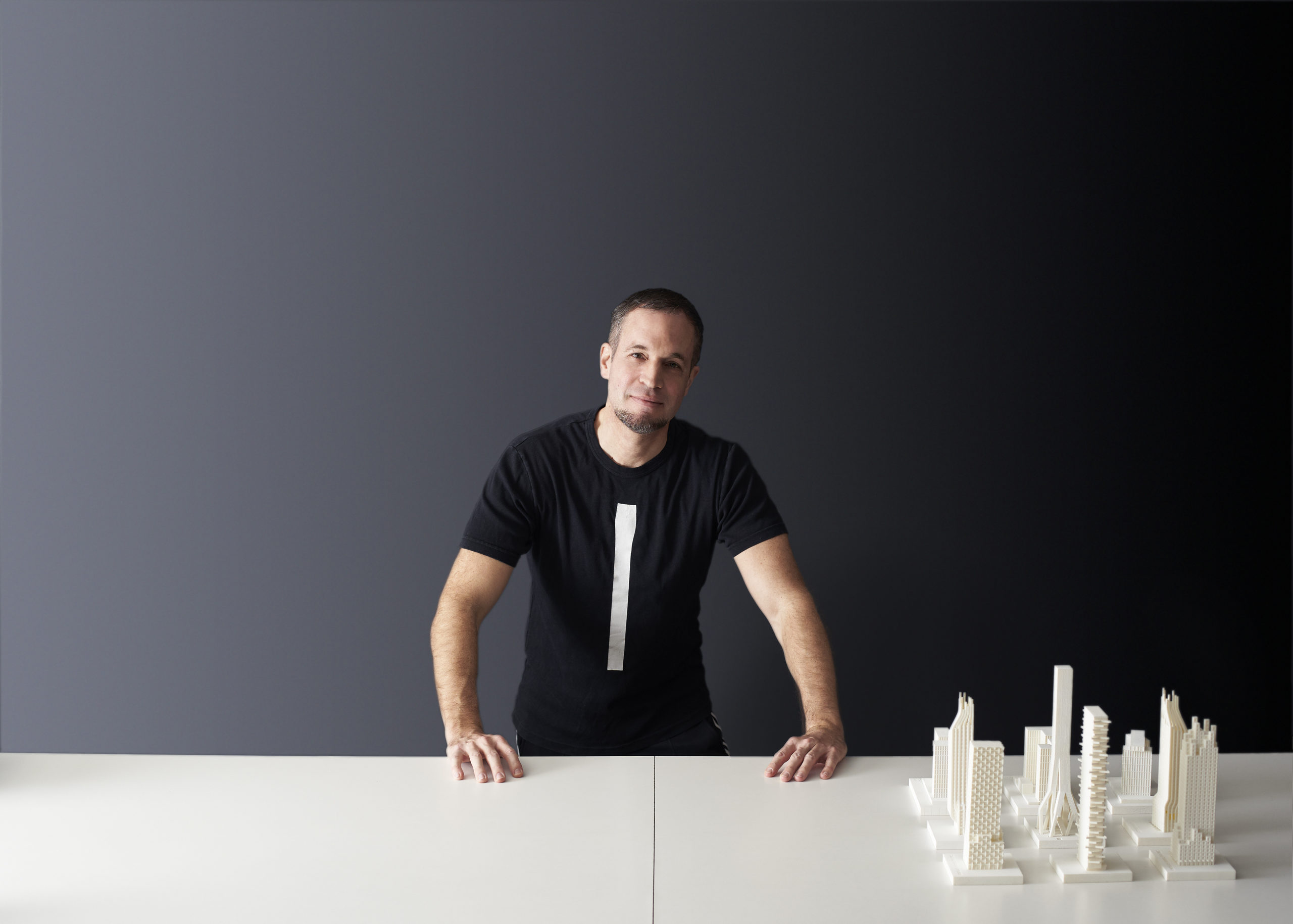 David Weber: Where did the name Architizer come from?
David Weber: Where did the name Architizer come from?
We had a lot of fun and crazy names to begin with. I remember we talked about such titles as “The Pursuit of Beauty,” but I am glad we settled for Architizer, since the intention always was to energize the architectural community.
What was the original goal of Architizer?
Fifteen years ago social media was forming, and we saw that architects still had to go through “gate keepers” in the press to get professional recognition and attention for their work. We wanted to break down that barrier. We wanted to make architecture more popular in society so that architects would get more recognition and thus more freedom to carry out their designs.
What is your favorite memory of the early days of Architizer?
There are so many of them. It all started with sketching out ideas, including visualizations that were semi-erotic! We believed that people needed to fall in love with architecture (the ideal first date might be between a building and a person in a nearby pool!). During that time Architizer and my architectural firm HWKN were sitting in the same office…and the discussion between the architects and the media people created such amazing cross pollination — we were learning from each other.
We heard the parties were epic… what was the best Architizer party?
For me the best part was the launch party at the Storefront for Art and Architecture. We had no idea if anybody would show up, and the space was packed. I ran into architectural legends like Stan Allen, who I never dreamed of meeting.

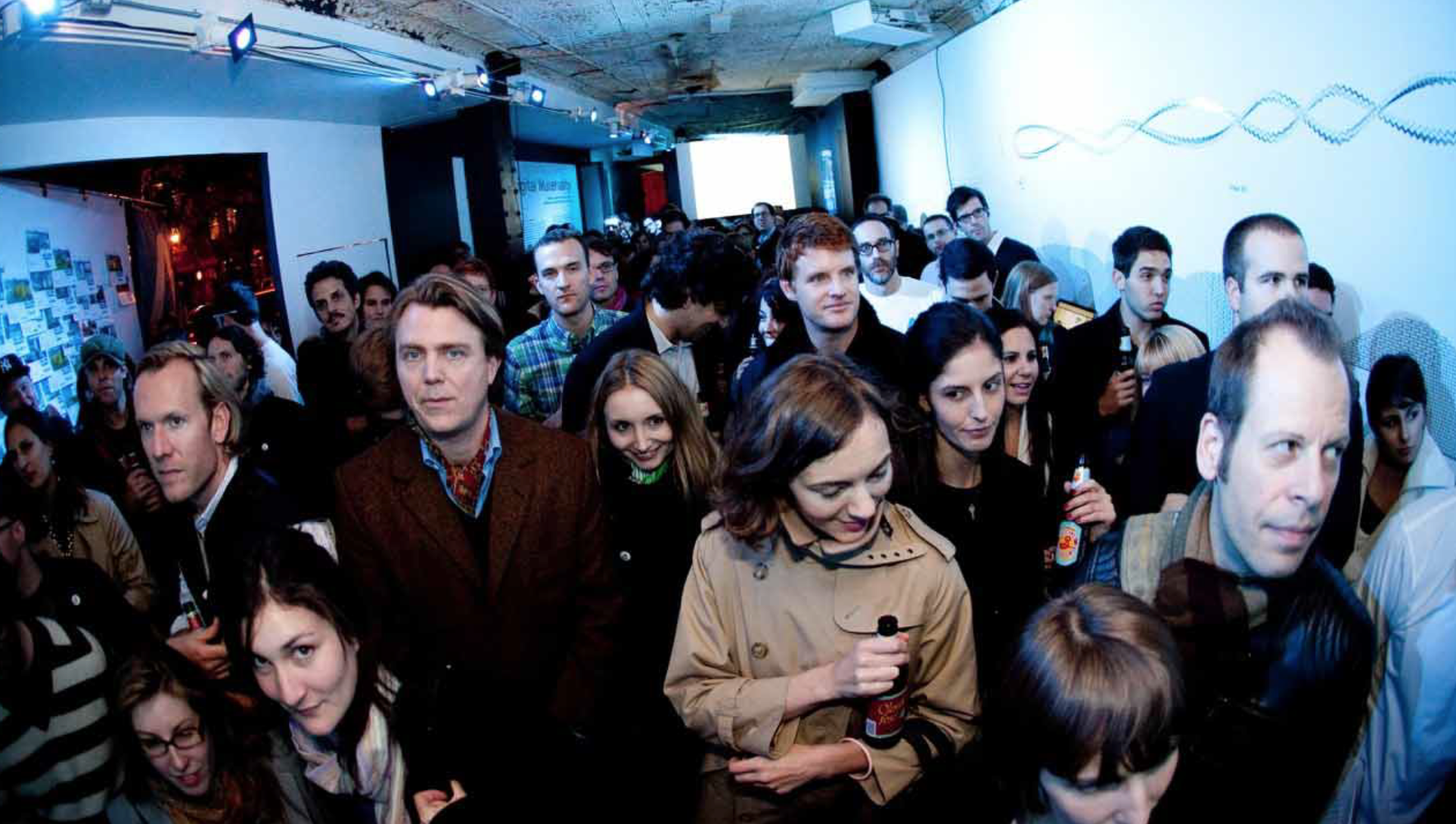
Images from Architizer’s Storefront for Art and Architecture launch party.
How did your work at Architizer influence your architecture practice?
I learned that, as architects, we have to go beyond theory and technology to reach people’s emotions. Sexy visuals are part of it, but there’s also the story around it and the experience that a building delivers. Through media we can ease people into innovative ideas, forms, and spaces, and when we do it, we can create more radical work.
What are you focused on at HWKN these days?
At HWKN we are focusing on innovation and defining ourselves a boutique innovation firm in architecture. We have twenty-four projects in the making including the first work resort, a 400,000 square foot building in London; a twelve-story, heavy timber apartment building in DC that is designed for a new, open way of living; prefabricated high-design office buildings in Aachen, Bochum, Leverkusen, Krefeld and Essen; and one of the largest master plans with 2,500,000 square feet of development opportunity. In addition we just secured our first commission to design a destination in the Metaverse.
What is FLX LWP?
FLX is the future of living; a new apartment brand that is focusing on intergenerationality, social connectivity, and sustainability. Having worked on multiple future-focused apartment typologies for brands like Ilive, Welive, and Gravity, I believe there is a gap in the market that urgently needs to be served. Creating places that empower people to live their lives, all life long. Our subtag is: Home of Pioneers.
What trends do you see emerging that will influence the future of architecture?
We are in the middle of seismic shifts. With the post-pandemic new reality, a war in Europe and global warming, nothing can stay the way it is… We need to come together and solve these issues with new Live Work apartment buildings that eliminate pollutants, new buildings like the Work Resort that attract employees to work from the office again, new experience-driven retail environments, with new ways of designing/redesigning our cities that put the 15 Minute City into reality with maximum mix of programs and unforgettable spatial attributes. This is the time when the architect has to be seen as a creative problem solver on a large scale. I hope everybody who joined Architizer in the last fifteen years will embrace this movement toward radical reinvention, and take it even further.
Top image by Michael Moran Photography.
